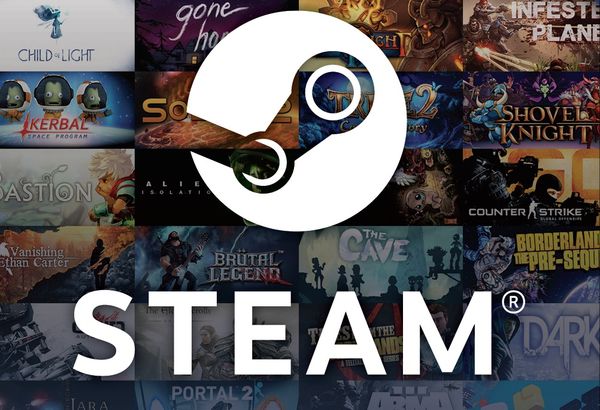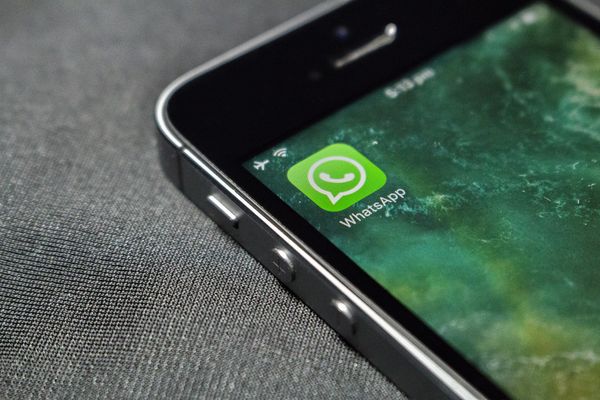EternalBlue-powered ransomware will become the new normal

Hours ago a new version of WannaCry malware has been spotted in-the-wild. The hacking group patched the initial malware by changing a couple of bytes to override the kill-switch trick that delayed the spread of the initial wave. The recommendation stays the same “update you machines asap” but since the infection is still ramping maybe is time to go directly to the root of all evils and enforce an update.
WannaCry 1.0 and 2.0 are just the beginning. It’s probably going to get worse before it gets better, as it’s going to be one of the most serious threats for the following 12 months. Unless, Microsoft decides to do something about it, such as force an update. It has been done before and the scope of the current threat could justify doing it again, in a controlled and coordinates manner, with support from authorities and the security industry. Although borderline legal, our experience with cyber-crime has proven that legislation is often lagging when it comes to regulation, which is why cooperation between law enforcement and security vendors is needed now more than ever.
Computers in public institutions, hospitals and other care facilities are usually rarely updated. If they are not hit by ransomware now, these computers are vulnerable for state sponsored attacks for as long as they remain unpatched. Ransomware is the best case scenario now, because it’s visible. But complex threats can be built on it, to stay persistent and infiltrate organizations for a very long time.
The worst case scenario is for state-actors to use the vulnerability to install backdoors in other governments’ public institutions. They could even install the fix/updates themselves, so that nobody else would be able to use the same vulnerability. It’s a likely and plausible scenarios as everyone is now distracted by ransomware, allowing more complex threats to be easily built and executed with very little resistance and with no bells and whistles going off.
One of the most virulent threats for the past couple years has been causing widespread outages over the weekend, infecting computers and infrastructures at a global scale and dropping ransomware on infected computers. The WannaCry/WannaCrypt worm has been exploiting a Windows vulnerability allegedly used by the NSA and leaked online by the hacker group Shadow Brokers, spreading from one Windows-running PC to another.
Known as EternalBlue, the Windows vulnerability has been addressed by Microsoft in a patch made available this March 14 – part of Patch Tuesday – but it seems not many organizations have actually deployed it within their infrastructures. Consequently, it was only a matter of time until a cybercriminal group would weaponize the leaked vulnerability and strike at unpatched Windows systems.
The WannaCry/WannaCrypt threat has been leveraging this vulnerability starting this Friday to infect hundreds of thousands of computer worldwide in a matter of hours, and infect them with ransomware. The worm-like feature made it possible to the malware to jump from one computer to another without any user input, as we have been used to in the past with infected attachments and malicious URLs that delivered the ransomware infection. While a security researcher managed to temporarily stop the threat from spreading by registering a domain name – hardcoded within the malware – that acted as a kill switch, preventing the threat from infecting other victims, it was only a matter of time until a newer version would emerge bypassing this temporary setback.
tags
Author
Right now Top posts
Start Cyber Resilience and Don’t Be an April Fool This Spring and Beyond
April 01, 2024
Spam trends of the week: Cybercrooks phish for QuickBooks, American Express and banking accounts
November 28, 2023
FOLLOW US ON SOCIAL MEDIA
You might also like
Bookmarks







